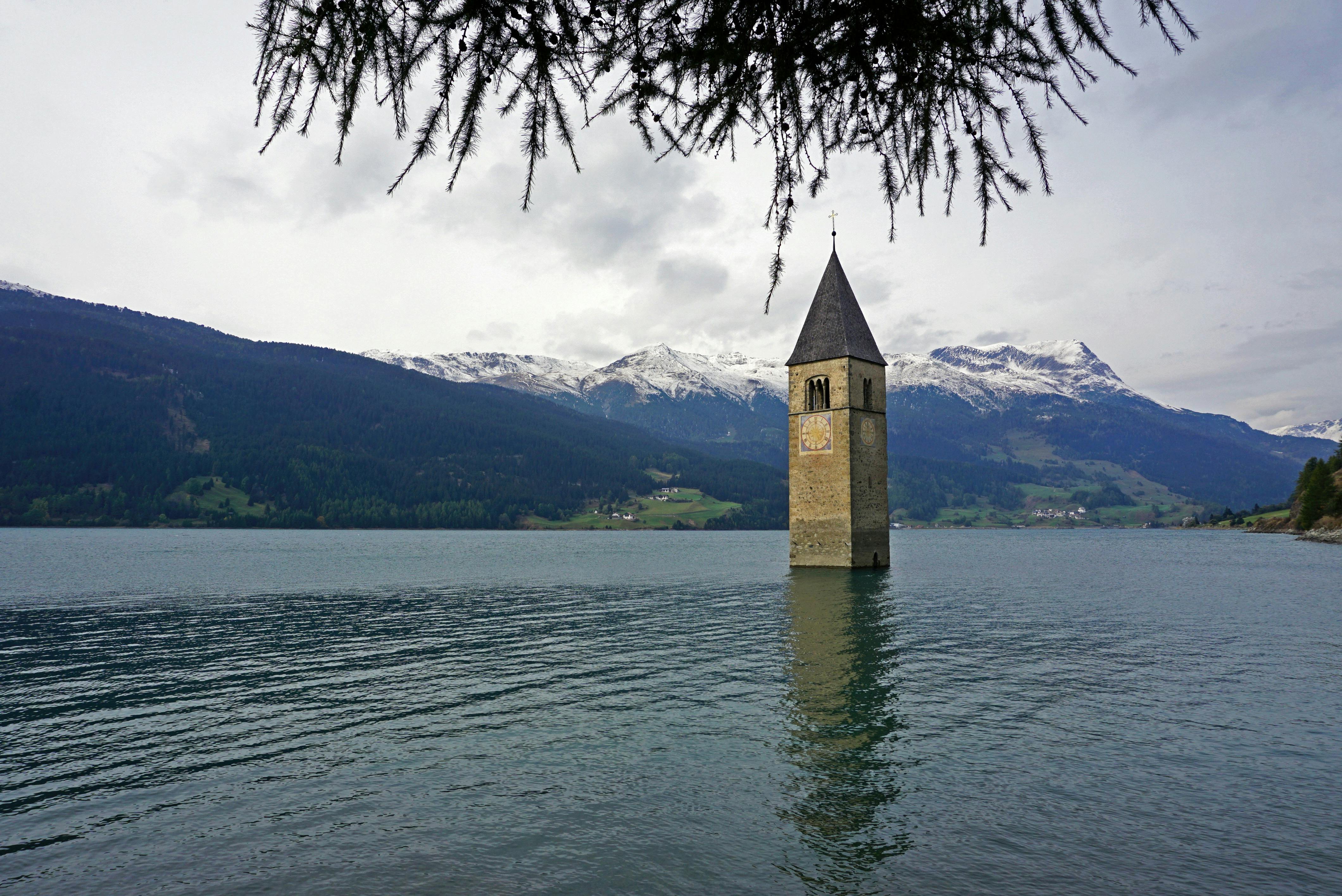In the post apocalypse or collapse everything will be different. The way to go from point A to B will no longer be a straight line; you will have to go around the city centers instead of going through them. Roads will be blocked and cars may not be an option, meaning you’ll be forced to walk. What also changes is the way you see the world, now you will no longer be able to just wander around without worrying, you will need to pay close attention to your surroundings, otherwise your survival could be at stake.
When I was in the army, a lesson that was regularly put into my head was why things look, the reason behind it was simply, to keep myself and my section and platoon alive and spot dangers earlier. that they could happen. This is how you do it.
1. Divide the soil
Scanning the entire ground at once will mean you’ll miss key details, instead divide the ground into three parts, near, middle and far. This will allow you to take in more of your environment and memorize it. You may need to imagine a divider or line to achieve this, which is perfectly fine, whichever technique you choose doesn’t matter, it’s the end result that counts. When scanning the ground, I recommend starting with what’s closest and working your way to the far ground. Doing so will help you spot potential hazards nearby faster, instead of looking far away and having them appear out of nowhere.
2. Go against the grain
When we look at the surrounding terrain, we tend to look from right to left. Instead force yourself to look behind you (from left to right), this will force your eyes to slow down because they are not used to moving that way and will allow you to see more details of your surroundings.
3. Take your time
Remember this is not a race, take your time and do it right the first time. Don’t hesitate to look at things two or three times to catch every detail.
4. Memorize
It is not enough to just observe your surroundings, you also need to memorize them as much as possible. You don’t need to know all the details, but you should always know where potential threats might be coming from. If you pass by a building, look at it and memorize it. Know how many windows and doors you have, as they could be used as a potential ambush.
5.Repeat
This is not a one time thing and then wander aimlessly, this requires you to constantly scan your surroundings when still and on the move. If this means you have to walk slower at first then so be it, remember that with practice comes speed.
what to look for
shine
– Car mirrors, binoculars, rifle scopes, or metal and glass surfaces
shape
– Look for objects that don’t fit their surroundings, objects with angles, for example, are not common in nature.
Darkness
– Look for shadows where there shouldn’t be shadows, shadows that don’t fit the object (for example, wider than the object), or shadows that move on their own
Texture
– Objects looking smooth or polished back to rough looking backgrounds or vice versa
Color
– Look for colors that don’t fit in with your surroundings, such as lighter or darker colors in the background, as this could be a sign that an object or person is camouflaged.
Size
– An obvious example would be a tall angular form on relatively short bushes. But they can also be round objects, smaller objects, or anything else that seems out of place in the environment.
Sound
– You may not always be able to see an object or potential threat, but you can hear it. Remember that after the collapse, the world will be a much calmer place without the constant background noise of traffic and machinery that can be heard in most places.
The most important thing to remember is to stay alert no matter what. In a perfect setting, this won’t be hard to do, but in the post-apocalypse world you’ll be starving, dehydrated, and sleep deprived. A slip in this kind of environment will not be embarrassing, it could prove fatal.
